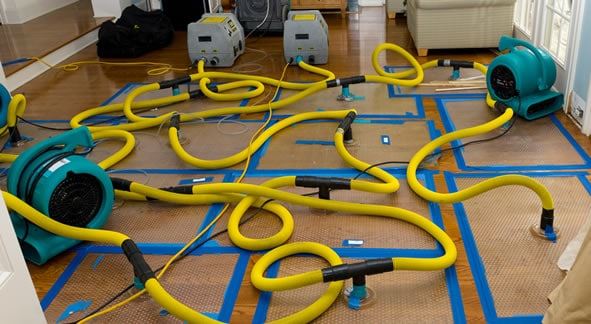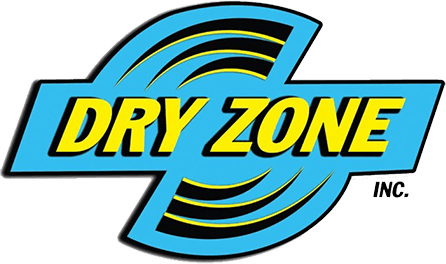In each loss, once a determination is made to restore an item, decisions should be made about whether to dry or clean the item first. Generally, if the item has been affected by Category 1 water, it is dried first, reevaluated, and cleaned. If the water is Category 2 or 3, the item should be cleaned first and then dried. This helps remove as much contamination as possible and controls the spread of contaminants during the drying process.

To stop potential damage and return contents to an acceptable condition, steps should be taken to return items to a normal level of moisture content. Usually, this is accomplished by physically removing excess water from the surface. Additional moisture can be removed by using dehumidification, controlling temperature control, and by directing airflow across the affected items.
Consider drying affected contents in the area of the moisture intrusion in conjunction with drying the affected structure. This helps minimize cost and inconvenience for occupants. However, if the amount and type of damage to the structure prevents drying contents in the area of the moisture intrusion, or if contents require special handling, specialized drying chambers can be created to process the contents outside the affected area.
Specialized drying chambers can be as simple as another room separated by containment where the humidity, airflow, and temperature can be used in a controlled manner to dry contents, and as complex as mobile freeze drying trailers used for books, documents, and electronic media.
Cleaning is the traditional activity of removing contaminants and other undesired substances from an affected environment or surface to reduce damage or potential harm to human health or valuable materials. The goal of contents restoration is to clean items by maximizing the physical removal of soil, contaminates, and odors.
Contents restoration implies returning items to as close to an acceptable condition as practical. It does not necessarily mean that an item has been improved in appearance. There are factors involving client expectations that could be addressed. It is recommended that appropriate appearance enhancement processes, as discussed below, be applied to items after their return to an acceptable condition.
As with structural restoration, additional damage can be discovered or created during the contents restoration process. When additional damage to contents is discovered, restorers should notify supervisors so that it can be documented, and that materially interested parties can be informed within a reasonable period of time.


